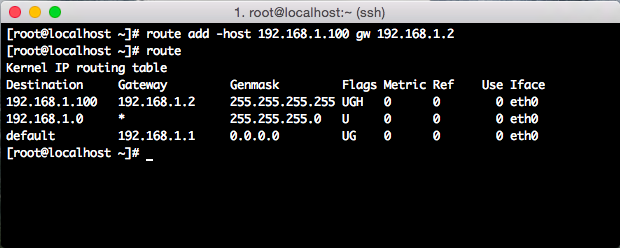

Regardless of whether your organization’s public IPv4 or global IPv6 addresses are provided by an RIR or your upstream ISP, they are free to be used to source and receive Internet communications. Public IPv4 addresses are familiar to most, so grasping IPv6’s global unicast addresses (GUA) (2000::/3) is straightforward.

It is relatively easy to grasp the concept that unicast addresses are used for one-to-one communications.

Frequently Unicast, Sometimes Multicast, but Never Broadcast This article builds upon the IPv6 newbie questions theme and covers a couple of the IPv6 addressing nuances that are often surprising to IPv6 neophytes (and sometimes IPv6 veterans, too!). We then asked the question, “What are the typical questions you get when teaching an IPv6 class?” Frequently, IPv6 instructors field questions from their students about IPv6 link-local addresses and how they work. In a recent article, I wrote about some of the common questions that IPv6 novices sometimes ask.


 0 kommentar(er)
0 kommentar(er)
